Elephants, the largest land animals on Earth, are facing a dire threat to their survival. Despite their remarkable presence and significant role in ecosystems, elephants are endangered due to a combination of human activities and environmental changes. This article explores the primary factors contributing to their endangerment, including poaching, habitat loss, human-wildlife conflict, climate change, and disease, as well as the ongoing conservation efforts aimed at protecting these magnificent creatures.
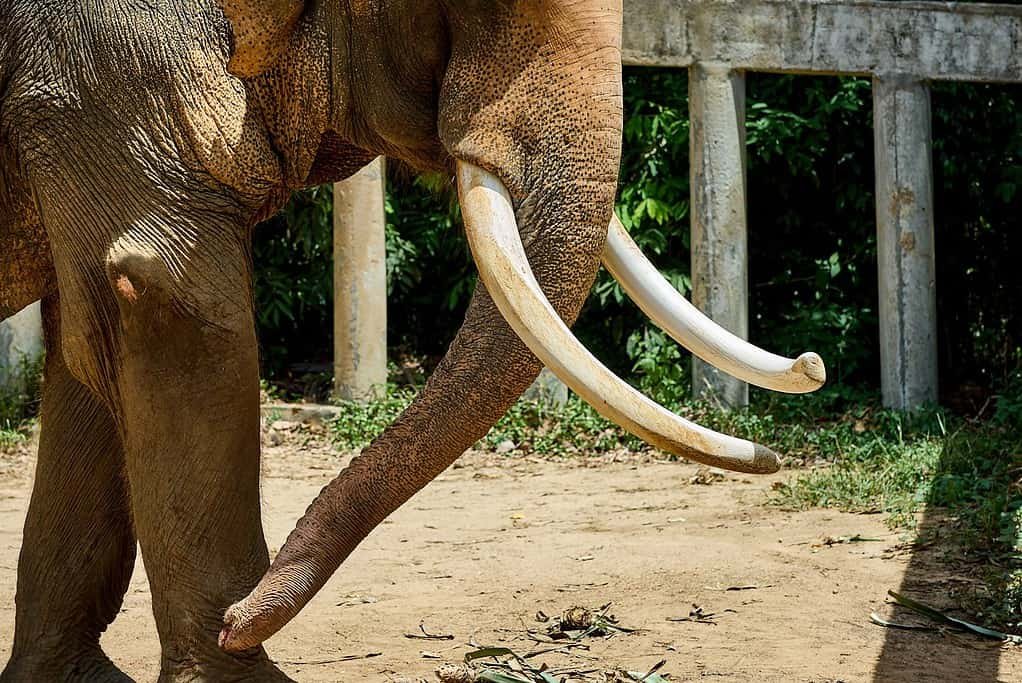
Poaching
Poaching remains one of the most significant threats to elephant populations worldwide. Elephants are primarily targeted for their ivory tusks, which are highly valued in illegal markets. Despite international bans on ivory trade, poaching continues to decimate elephant populations, particularly in Africa and Asia. The demand for ivory is driven by its use in traditional art, jewelry, and as a status symbol, leading to the slaughter of thousands of elephants each year.
The impact of poaching extends beyond the immediate loss of life. It disrupts social structures within elephant herds, as poachers often target the largest individuals, who are typically the matriarchs and older males. These individuals play crucial roles in guiding and protecting the herd, and their loss can lead to increased vulnerability and decreased survival rates for the remaining members. Anti-poaching efforts, including increased patrolling, use of technology such as drones, and stricter enforcement of laws, are essential to combat this threat.

Habitat Loss
Habitat loss is another critical factor contributing to the endangerment of elephants. As human populations expand, natural habitats are increasingly converted into agricultural land, urban areas, and infrastructure projects. This encroachment reduces the available space for elephants to roam, forage, and find water, leading to fragmented populations and increased competition for resources.
Deforestation, driven by logging and agricultural expansion, is particularly detrimental to forest elephants. These elephants rely on dense forest cover for food and shelter, and the loss of these habitats forces them into closer contact with human settlements, increasing the risk of conflict. Protecting and restoring elephant habitats through sustainable land-use practices and the establishment of protected areas is crucial for their survival.
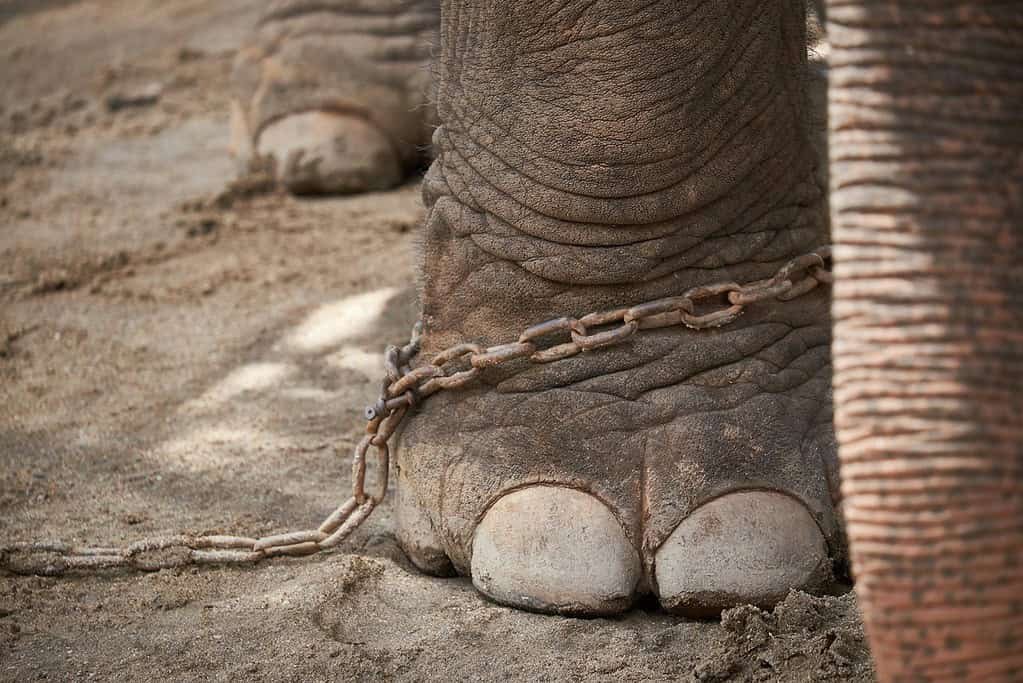
Human-Wildlife Conflict
Human-wildlife conflict arises when elephants and humans compete for the same resources, such as land and water. As elephants venture into agricultural areas in search of food, they can cause significant damage to crops and property, leading to economic losses for local communities. In retaliation, elephants may be killed or driven away, further exacerbating their decline.
Efforts to mitigate human-wildlife conflict include the development of community-based conservation programs that involve local people in protecting elephants and finding ways to coexist. These programs often include measures such as building barriers to prevent elephants from entering farms, using non-lethal deterrents, and providing compensation for losses. Education and awareness campaigns are also essential to foster a better understanding of the importance of elephants and the need for their conservation.
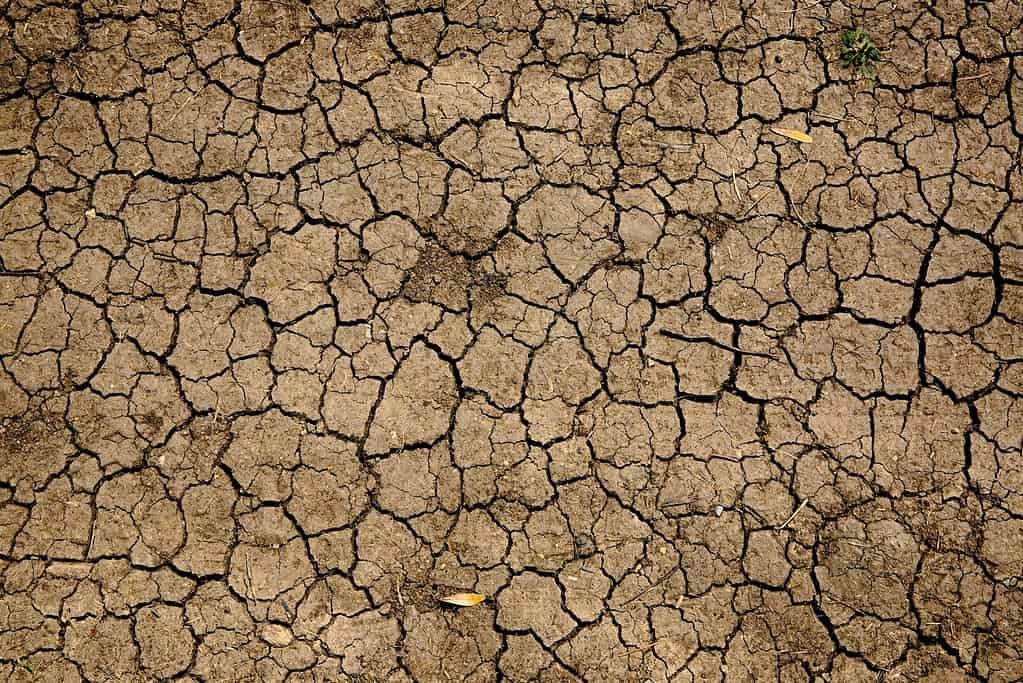
Climate Change
Climate change poses a growing threat to elephant populations by altering their habitats and the availability of resources. Changes in temperature and precipitation patterns can affect the distribution of water sources and vegetation, making it more difficult for elephants to find the food and water they need to survive. Prolonged droughts, in particular, can lead to increased mortality rates, especially among young and old elephants.
Climate change also exacerbates other threats, such as habitat loss and human-wildlife conflict, by increasing the pressure on already limited resources. Conservation strategies must take into account the impacts of climate change and focus on enhancing the resilience of elephant populations and their habitats. This includes protecting critical water sources, restoring degraded habitats, and promoting landscape connectivity to allow elephants to move freely in response to changing conditions.
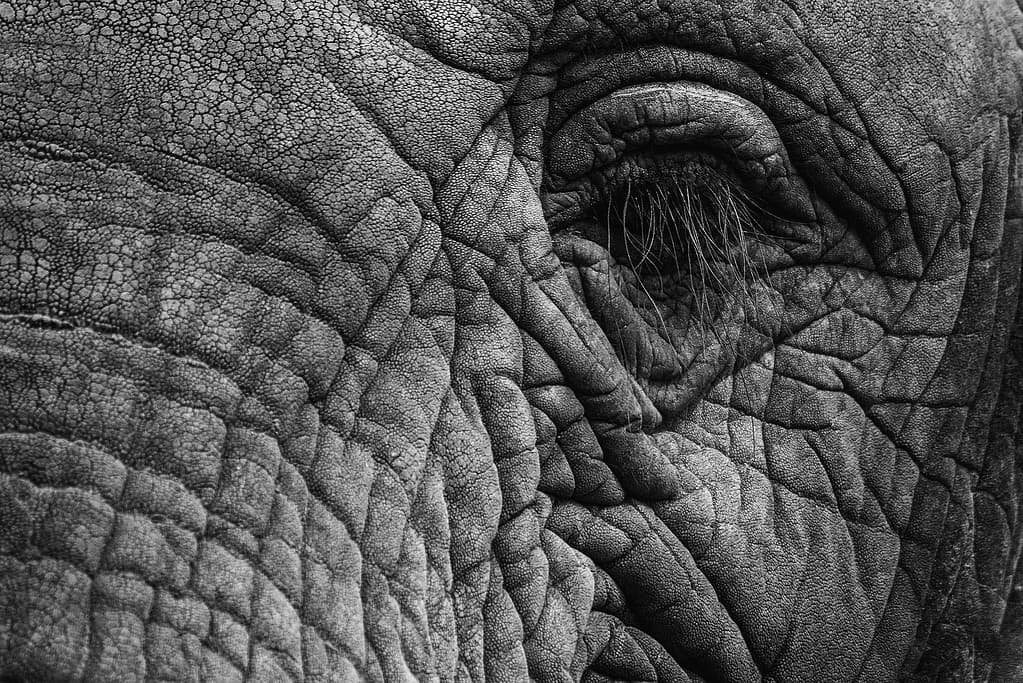
Disease
Disease is also an emerging threat to elephant populations, with several infectious diseases posing significant risks. Elephants can contract diseases such as tuberculosis, herpesvirus, and anthrax, which can lead to severe illness and death. The spread of disease is often facilitated by close contact with domestic animals and humans, as well as the stress associated with habitat loss and fragmentation.
Monitoring and managing disease outbreaks in elephant populations is essential to prevent large-scale die-offs. This includes regular health assessments, vaccination programs, and the implementation of biosecurity measures to reduce the risk of transmission. Research into the epidemiology of elephant diseases and the development of effective treatments and vaccines is also crucial for safeguarding their health.
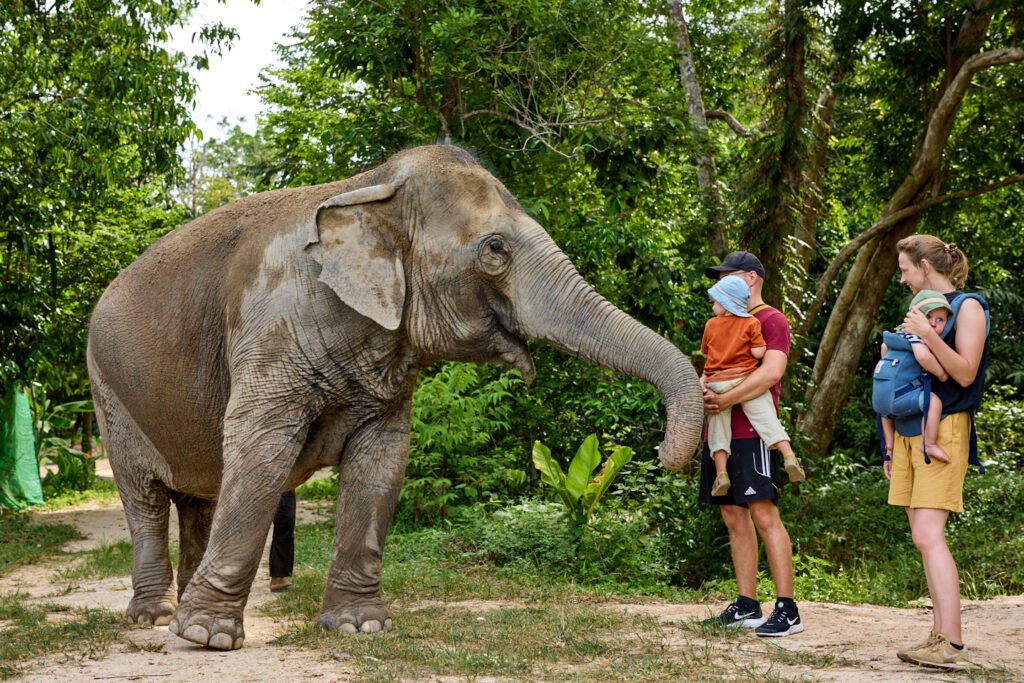
Conservation Efforts
Despite the numerous threats facing elephants, there are ongoing conservation efforts aimed at protecting and preserving these iconic animals. International organizations, governments, and local communities are working together to implement strategies that address the root causes of elephant endangerment and promote their long-term survival.
Key conservation efforts include:
- Anti-Poaching Initiatives: Strengthening law enforcement, increasing patrols, and using technology such as drones and GPS tracking to monitor elephant movements and deter poachers.
- Habitat Protection and Restoration: Establishing and expanding protected areas, promoting sustainable land-use practices, and restoring degraded habitats to provide safe and suitable environments for elephants.
- Community-Based Conservation: Involving local communities in conservation efforts, providing economic incentives for protecting elephants, and developing sustainable livelihoods that reduce reliance on activities that harm elephants.
- Research and Monitoring: Conducting scientific research to better understand elephant behavior, ecology, and health, and using this knowledge to inform conservation strategies.
- Education and Awareness: Raising awareness about the importance of elephants and the threats they face, and promoting a culture of conservation and coexistence.
Conclusion
The endangerment of elephants is a complex and multifaceted issue that requires a comprehensive and collaborative approach to address. By understanding the primary threats to their survival, including poaching, habitat loss, human-wildlife conflict, climate change, and disease, we can develop and implement effective conservation strategies to protect these magnificent creatures. Through concerted efforts and a commitment to preserving their natural habitats, we can ensure that elephants continue to thrive and play their vital role in the ecosystems they inhabit.
